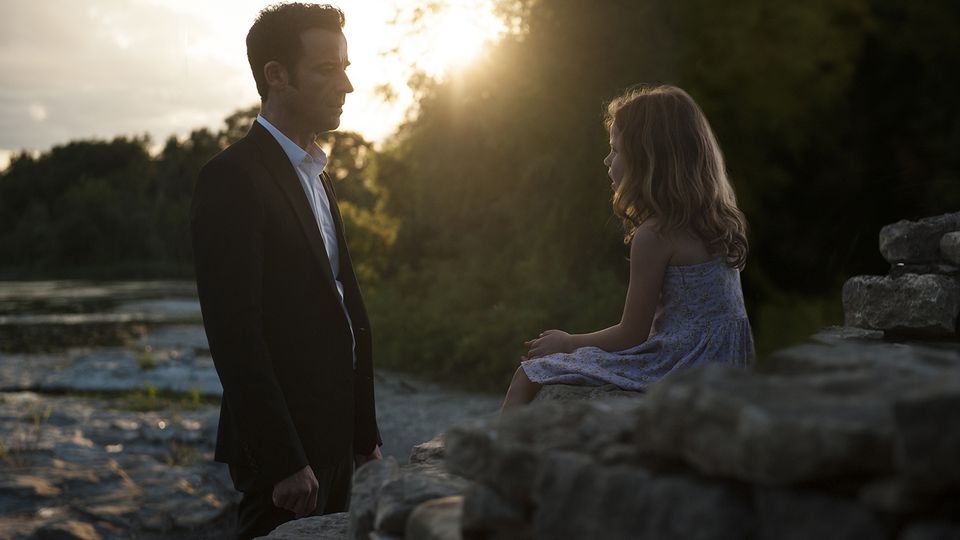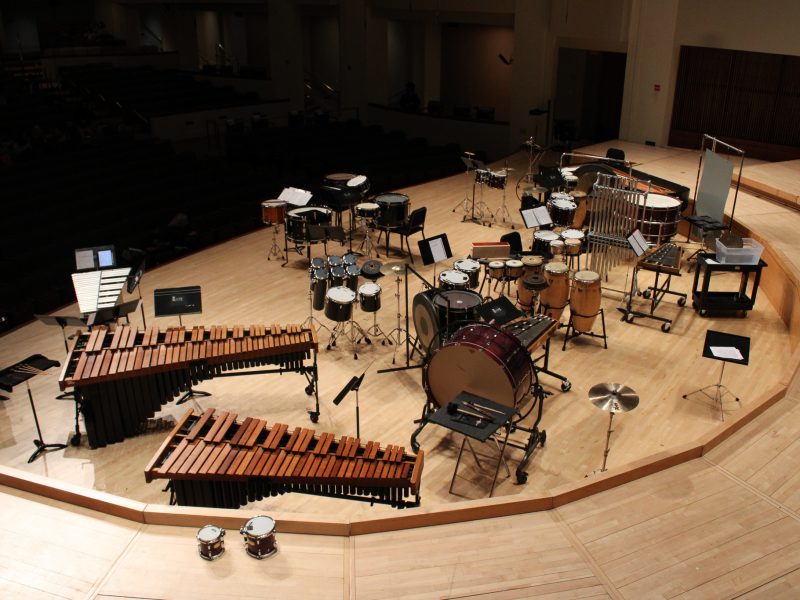When her baby disappears, she tells the voice on the other end of the cellphone to hold on a second and glances into the newly silent backseat. He had just been there — crying and screaming and kicking around — but now he isn’t. Her initial reaction is surprisingly muted. She doesn’t cry, and she doesn’t panic; she is only confused. In a quiet, not-yet-desperate voice, she calls to him.
“Sam?”
The plot of HBO’s The Leftovers will wind its way into a third and final season this Sunday still built on one thing: that moment. The moment when 2 percent of the world’s population, including Sam, disappeared. All of them, gone in an instant. In 2014, season one picked up three years after The Sudden Departure, in the fictional upstate New York town of Mapleton that, like the rest of the world, is still grappling with an impossible reality. The residents deal with the mystery and tragedy in their own way. Cults are formed, gods are questioned, pain is fought off or embraced. Our protagonist, Kevin Garvey (Justin Theroux, in the performance of his life) tries to hold everything together as the town’s sheriff. But in this world, no one can escape the darkness. Kevin, too, deals with demons in the night.
That debut season was intense, somewhat uneven and, at its core, extremely dark. It was unlike anything I had ever seen, but not necessarily something I enjoyed. Season two uprooted Kevin, his family and a few other characters and moved them to Jarden, Texas — the city that lived. In The Departure, Jarden didn’t lose a single resident. So, four years later, everyone is calling it Miracle. People fight to earn a spot inside the town, believing the site is somehow sacred. It’s in season two that The Leftovers transitions from the definitively unique to the brilliantly singular. Season two is at once emotionally intense and unquestionably strange. Looking back now, it’s safe to say that near-perfect run of 10 episodes was the best thing on television in 2015. The show took some huge risks, and all of them paid off. That season finale was a breathtaking hour of television, an episode that pummels you with emotional jabs and then a random, off-key rendition of Simon & Garfunkel’s “Homeward Bound,” finally knocks you out.
Now we’re here, staring down the end. In Jarden, the seven-year anniversary of The Departure is fast approaching, a date that many believe will result in the end of days. As with any situation where a deadline looms, the pressure starts to mount. Things get even stranger than season two as the world starts to lose its head.
In a letter sent to television critics last month, showrunner Damon Lindelof (of Lost fame) implored the writers to not binge-watch the seven (of eight total) episodes they were sent in advance. “Bingeing is bad,” he wrote. In 2017, as Netflix provides an ever-hungrier America with a new feast every week and the major release of a television show so often turns into the Race to Hot Take Mountain, Lindelof’s statement seems out of place. But if there’s any show that can support such a notion, it’s The Leftovers.
The seven episodes of season three I’ve watched aren’t perfect. I’m not even sure if they possess the brilliance of season two. With time, the plot begins to reveal itself a bit more, but there are long stretches in which the show feels aloof and inaccessible. Having said that, these episodes do extremely well when given the distance Lindelof recommends. They marinate well. And it’s not even the major plot points I’m talking about; it’s smaller moments. A look, a line, a turn of the head. They linger in your head for hours or days, making you go back and re-watch over and over. There are multiple scenes in my season three screeners that I’ve already watched four or five times. They leave me awed by their complexity and dazzled by their depth.
One of them is a flashback scene. In it, we see that same woman, Sam’s mother, in a therapy session just months after his disappearance. She tells the story of his departure and how she has felt in the time since. She boils with time like a pot of water. Music plays (oh, the music on this show). First she cries, and then her voice rises with anger. When her pain is met with silence from the doctor, the same silence her frustrations have encountered since that day, she yells, her desperation now on full display. “Tell me what to fucking do,” she says.
On The Leftovers, every character is searching for something. Senseless tragedy can have that effect on people. The Departure pointed to the existence of a higher power so no one seems satisfied anymore with what they’re given on earth. If there’s more, then I want it, they say. I need it.
Every search requires some kind of faith. For some, it’s faith in established religion. They throw themselves into organizations, creeds and tradition, and whether they truly believe or not, they are cradled by these belief systems. It is their buoy, their rock. For others, faith is vaguer. They look to the sky with hopeful eyes; they shout questions into the void. This faith, it can be fickle. With time, and silence, after years of having a one-sided conversation, it can become like one long banging of your fist against a door that just won’t open — a frustrated, then furious, pounding that eventually ends in the breaking of either your hand or the door. In season three of The Leftovers, as the anniversary arrives, most of the world is done looking upward with conviction. For many of the residents of Mapleton and Jarden and the rest of the world, something is now broken.



